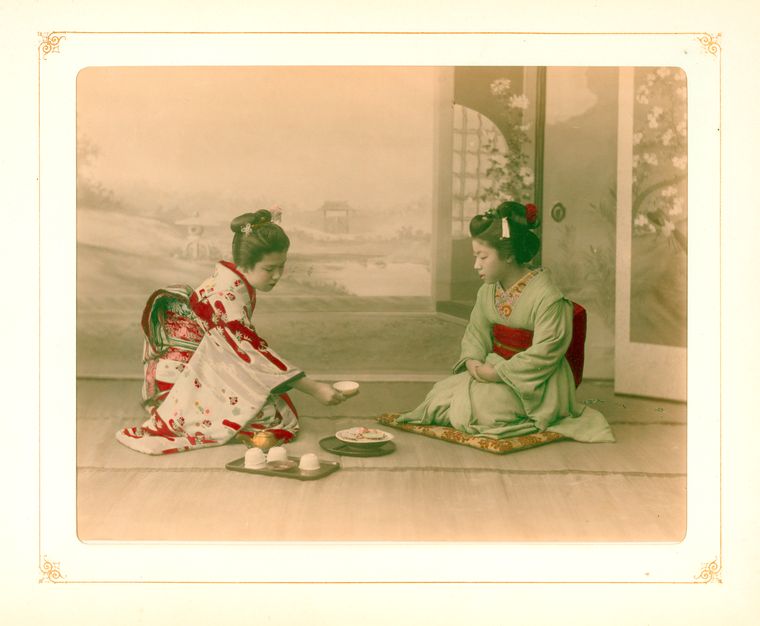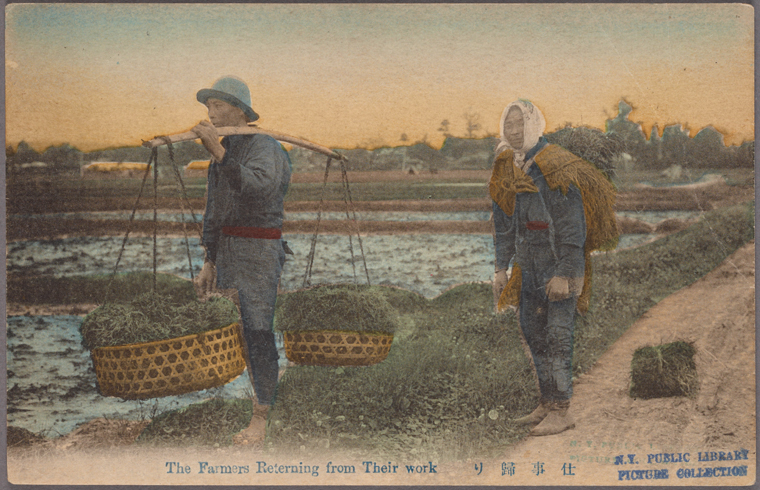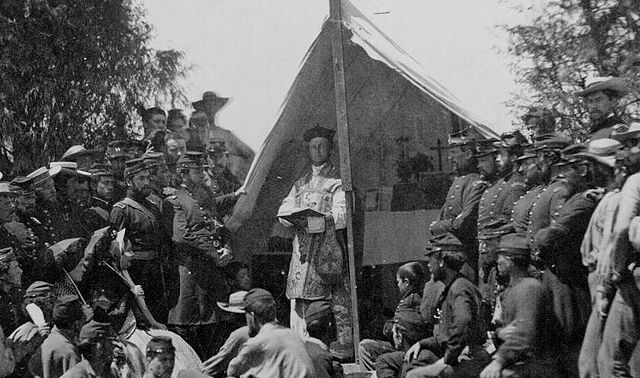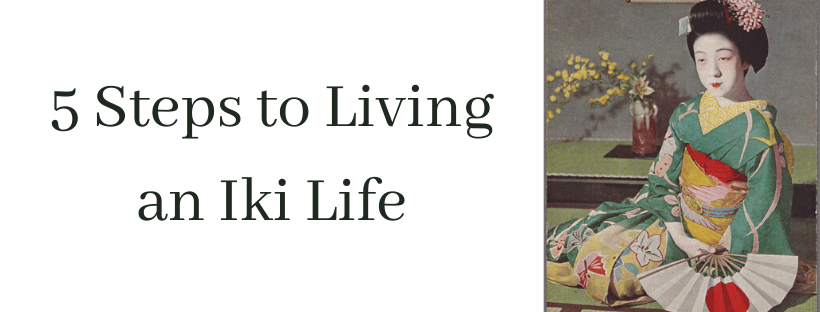Income inequality has been a world-wide concern in recent years. But it isn’t anything new. Unequal distribution of wealth has appeared across history, and we can look toward these periods for lessons. For example, the Italian Renaissance was funded by what we would today call the 1%. Families like the Medici lavished their wealth on building projects and funded artists like Michelangelo, Leonardo da Vinci, and other well-known artists. Income inequality allowed a flowering of culture.
Warning: this post gets a little political. Sometimes you can’t discuss history and its lessons without diving into politics.
The Economics of the Edo Period

During the Edo period, also known as the Tokugawa period, we see similar inequality. At the time, Japan divided into 4 classes: samurai, farmer, artisan, and merchant. Farmers were the only class that were formally taxed. They had to give a portion of their estimated rice yields to their daimyo. The tax rate varied by region, from 15% to 70% of estimated production (Steele, 2017). Often, the estimate was far below the actual yield. Farmers paid the tax in rice which the lords sold to the market for money. Farming villages were also responsible for collecting their own taxes.
Various coins circulated during this period. During the 1600s, more than 100 types of gold coins circulated, but eventually the Edo koban, or ryo, set the standard. These gold coins divided into smaller silver coins and copper coins (called zeni). Silver coins fell out of circulation between 1714-1736. Although rice set the foundation, coinage facilitated the economy (Crawcour, 1970).
Daimyo paid their samurai from this rice tax. However, daimyo and other high-ranking samurai didn’t pay taxes to Edo. Instead, the Shogun indirectly taxed them by requiring provincial lords to observe “alternative attendance.” This required the lords to spend every other year in Edo, and this was expensive. It brought wealth into the city as samurai had to buy goods and services while they stayed. About 2/3 of a daimyo’s income went to this practice.
This practice of indirect taxes on the samurai allowed the lowest classes, artisans and merchants, to prosper. In fact, many merchants became richer than their samurai rulers. And many samurai fell into debt. However, daimyo retained the power to cancel debts, and they exercised this right. They could also demand loans from merchants, who weren’t able to refuse. In effect, debts became a way of taxing merchants.
Merchants also converted rice to coins, charging fees for the service. Although the samurai class minted the coins, merchants determined the exchanged rate. This contributed to the merchant class becoming the Tokugawa version of the 1%.

However, because of the daimyo’s ability to confiscate all of a merchant’s wealth, merchants decided to spend. And this spending caused a boom in the economy. The merchant class allowed the Flower and Willow World to flourish. This is the world of kabuki, geisha, ukiyo-e, sumo, and prostitutes. The spending spree also supported artisans of all types. After all, a merchant who didn’t have funds in the bank couldn’t be forced to make loans that wouldn’t be repaid. Prices fell to the point where all the classes could afford to see a kabuki play. They could buy ukiyo-e and even books printed with woodblock prints.
Only a few types of items and clothing were forbidden to merchants. Swords and certain types of clothing were limited to the samurai class. But merchants found other means to showcase their wealth. They generally preferred to dress down so not to attract attention. Instead, they spent their money on netsuke and other subtle accessories that embodied the idea of iki. Iki means sophistication and refinement. Understatement defined sophistication. The richest merchants flaunted their wealth through public work projects, sponsoring geisha, and many other community supporting projects.
Of course, we can’t idealize this period. The poor were terribly poor, and the system saw shocks and periods of hunger. People died in the same class they were born. I don’t have the space to discuss all the ins and outs. That requires a book. But this doesn’t mean we can’t learn from this period.
Lessons for Today

Money is only useful if it is spent. The problem with today’s 1% lies in how they fail to spend their funds. Instead, they continue to invest those funds in stocks and various other capital investments. Although investing in stocks is a great way to increase money, it doesn’t spend it–it doesn’t allow artisans to make chairs. Investing directly in small businesses, however, does. The merchants of the Edo period lavished their wealth on entertainment and art (similar to how the Medici and other families did in the Italian Renaissance). However, Edo merchants only spent as they did because the samurai class coerced them to do so through wealth confiscation. Many merchants also spend their money on charities. Some merchants invested in rice storage for the public in case of emergencies. Others spent money on making Edo more resistant to fires and other public works projects.
Come to think of it, the wealthy of the Roman Empire often spent their vast wealth on public works like temples, bath houses, and coliseums. It’s not like this is a new idea.
Many merchants also enjoyed the exposure such spending allowed them to enjoy. Ego is a powerful motivator. At the same time, such redistribution, if you want to call it that, benefited everyone down the chain. In US politics, this is a well-known conservative stance: the market will trickle down the benefits of the top earners’ spending to the lower classes. However, this only works when there is a coercive or some other strong incentive. In American culture, owning money offers more prestige than spending on art and architecture. So the Medici incentive of visibly exerting influence and wealth in art won’t work. That leaves the Tokugawa coercion system. Although that isn’t a politically popular method.

However, the coercion system offered growth benefits across the rest of society, while still offering the merchants a high quality of life. The samurai didn’t dictate how the merchants spent. They simply encouraged. A high tax rate on the topmost economic class would have the same effect as confiscation. However, today’s wealthy class has so much money that it is basically impossible to spend it in a single lifetime. Yet, even spending a significant part of that wealth would enhance their prestige while benefiting society below. But the end goal is to make spending a better choice than hoarding and investing.
We also have another alternative, one that doesn’t involve coercion. The Tokugawa economic system sat on rice, and rice continually added wealth to the economy, even when prices deflated. People ate rice, which also took it back out of circulation. Governments and banks create money in the same way. Therefore, it is possible for governments to create money for projects and send it into the economy. For example, the US government could simply “print” the money necessary to repair all the nation’s roads and bridges.However this runs the risk of inflation. Inflation happens when too much money floats around, therefore decreasing the value of each dollar. Destroying that money increases the value of each dollar. Fewer dollars in circulation increases the value of each dollar. Money is subject to supply and demand.

So like rice, governments could add money to the system and then destroy that money when there is too much of it. Taxes could be use to destroy that wealth. It would take it out of circulation instead of collecting funds to spend. But such a system has to be automated. Taxes are such a thorny political issue, and no one wants to raise them. Such a system would avoid coercive confiscation of wealth from the upper classes. But it could also increase income inequality. Money tends to act as a magnet and attract more of itself. The destruction process would have to be carefully considered.
History has another hard lesson to teach. If economic inequality gets too large, the poor rise up and kill the rich. The French Revolution provides a good example, and it also played a role in the Meiji Restoration. It’s in the 1%’s best interest to spend as the merchants of the Edo period spent. Not only does it benefit society and encourage cultural flowering through the arts, it also creates prestige and goodwill greater than investment portfolios create. That prestige and goodwill, in turn, helps protect the rich from being murdered in the streets.
Let me be clear. I don’t want to see this happen, but history is cyclical. It will continue to repeat the lessons until we learn.
References
Crawcour, E. S., & Yamamura, K. (1970). The Tokugawa Monetary System: 1787-1868. Economic Development & Cultural Change, 18(4), 489.
Steele, Abbey and others (2017) Constraining the Samurai: Rebellion and Taxation in Early Modern Japan. International Studies Quarterly. 61. 352-370.
Yamasaki, Y., & Andelson, R. V. (2000). Japan. American Journal of Economics & Sociology, 59(5), 353.





You left out the actual act that would correct the economy: canceling debt.
Thank you for the interesting article again!
What about charity? Isn’t that also an option?
Do you believe that making the system you are proposing an automated one will significantly decrease the risk of abuse? What if, let’s say, the people writing the algorithm slip in some tricks which might benefit them? (I’m not entirely sure this is feasible though)
It is. Edo period merchants often did their own charity. I refer to it as public work projects. But it is a viable option.
The problem with it lies with how inflation is calculated. If you mess with that calculation, you mess with the tax rate. For example, you can calculate inflation by ignoring the price of energy or the price of food. For the system to work, you have honestly calculate inflation rates using the economy as a whole, not slivers of it you choose. Most of the corruption would sit on the appropriation side. Nothing stops people from favoring certain sectors over others and printing more funds for those sectors than for others. But every system can be corrupted. Checks just need to be put in place to work hedge that corruption.